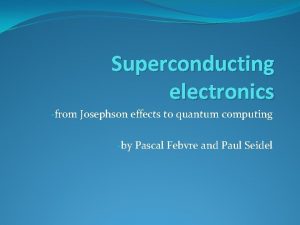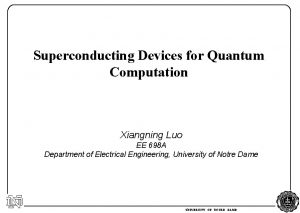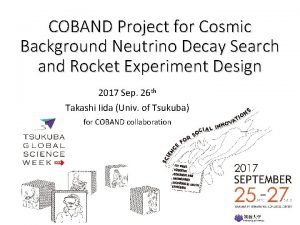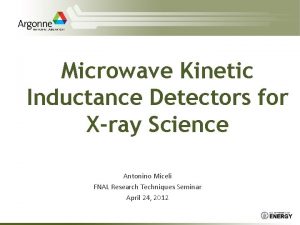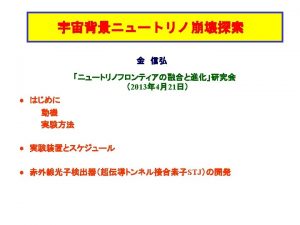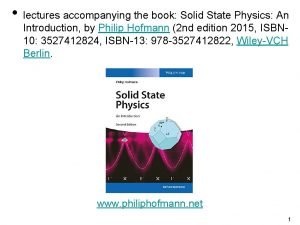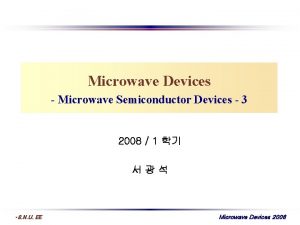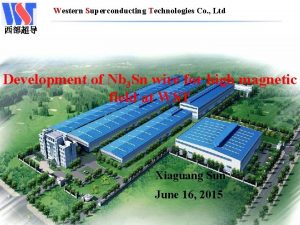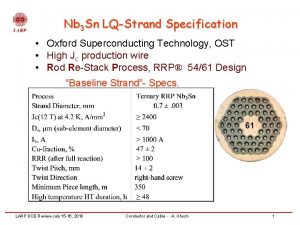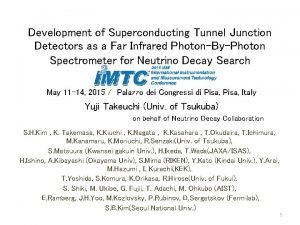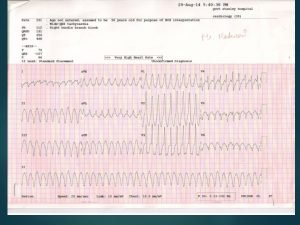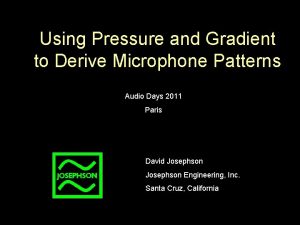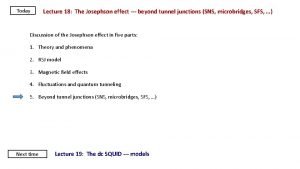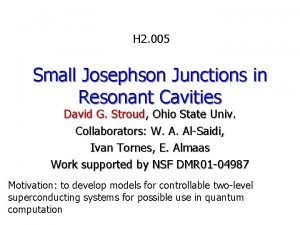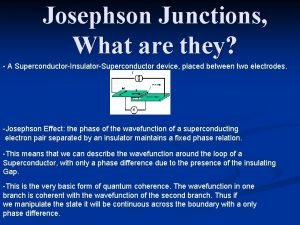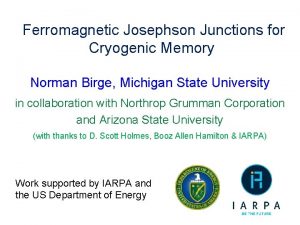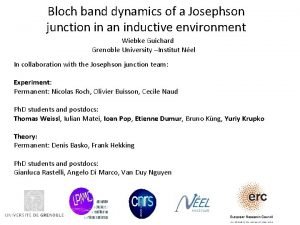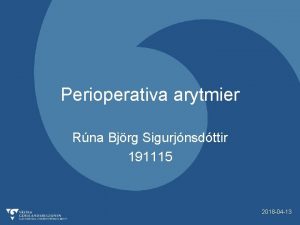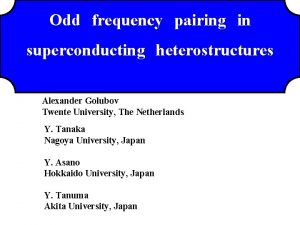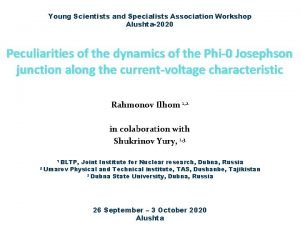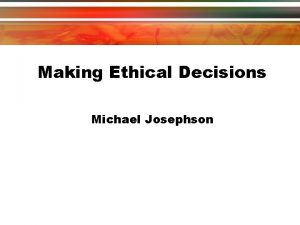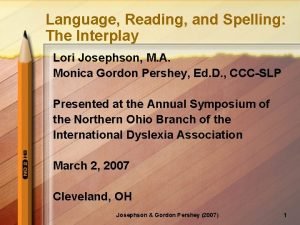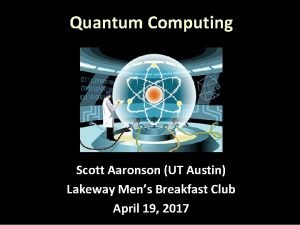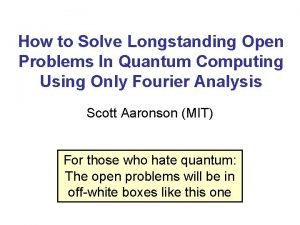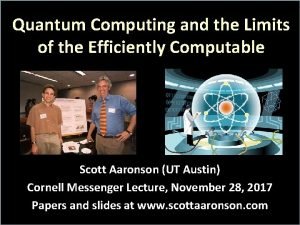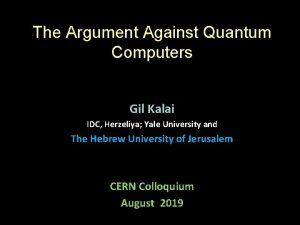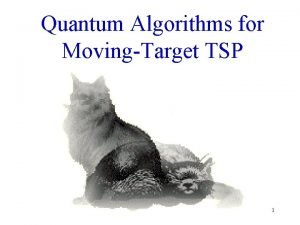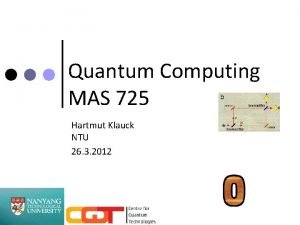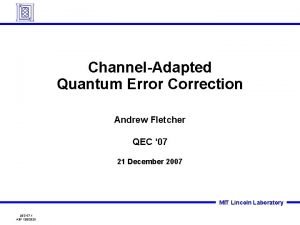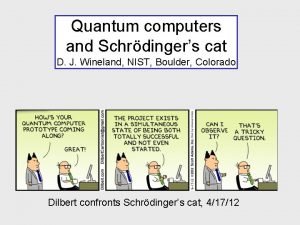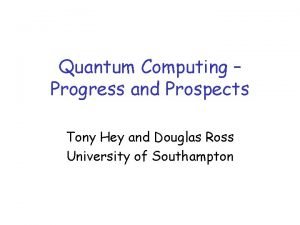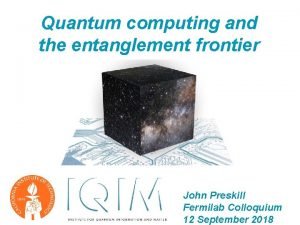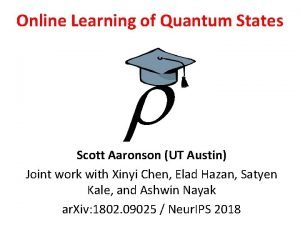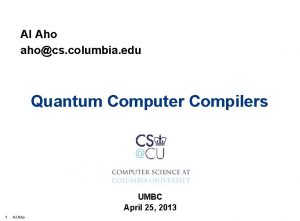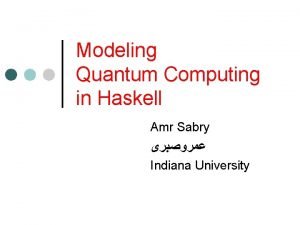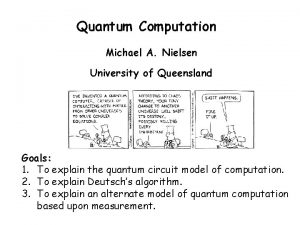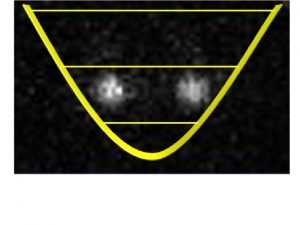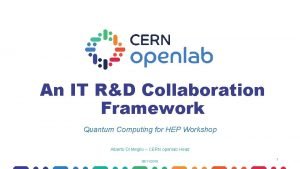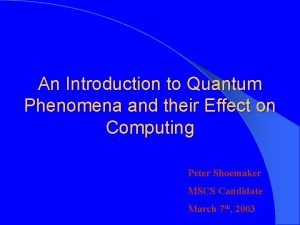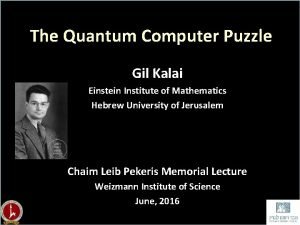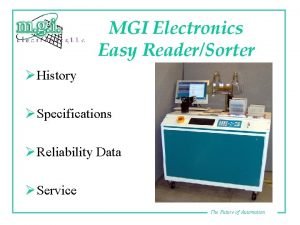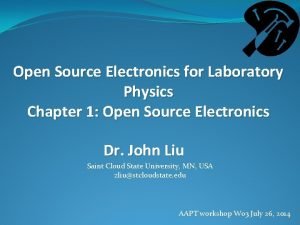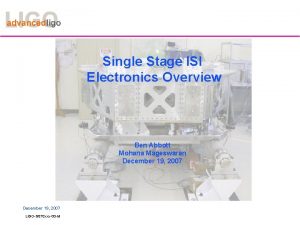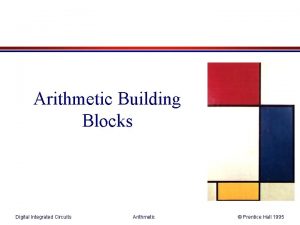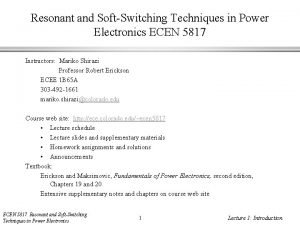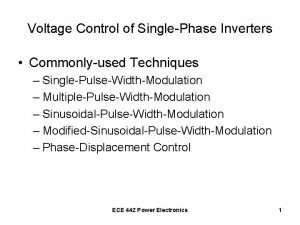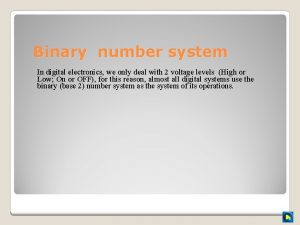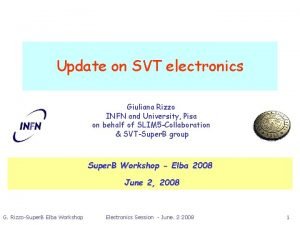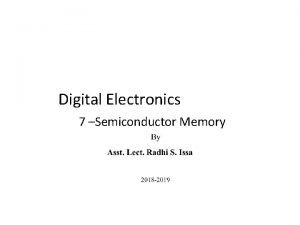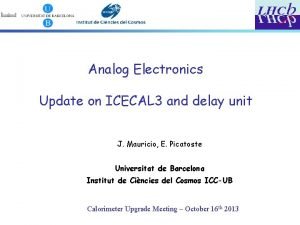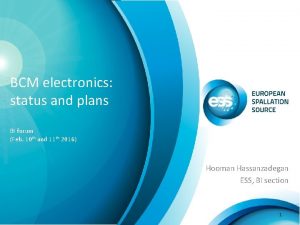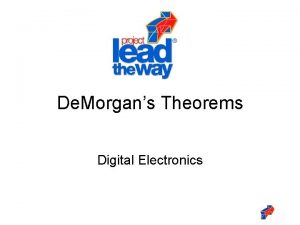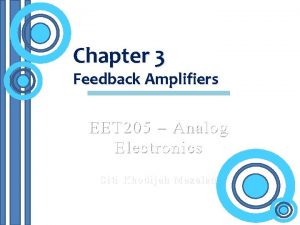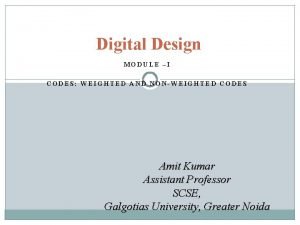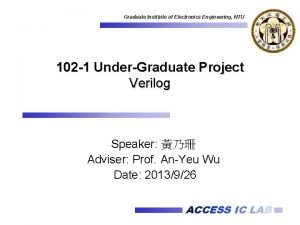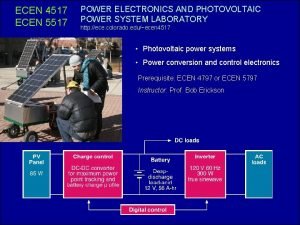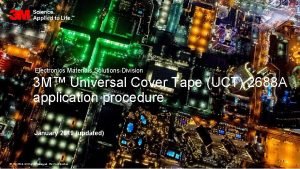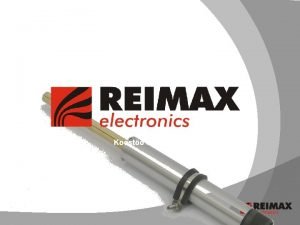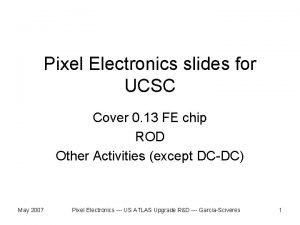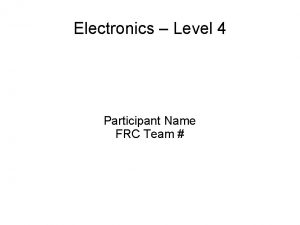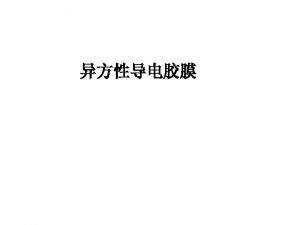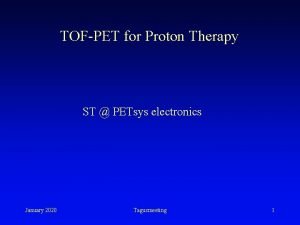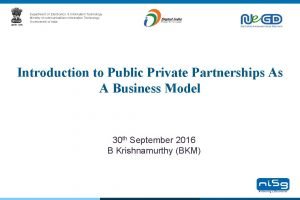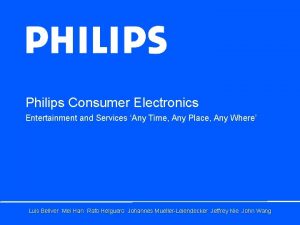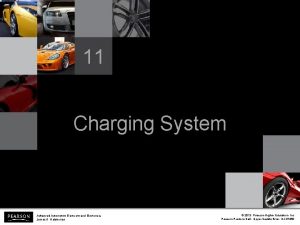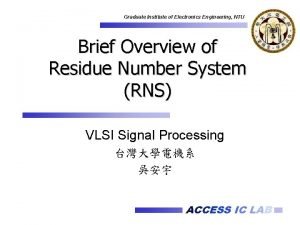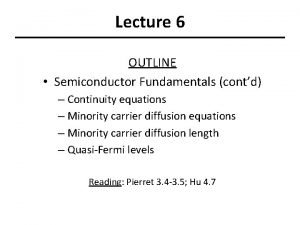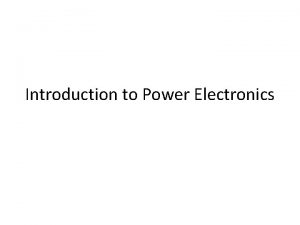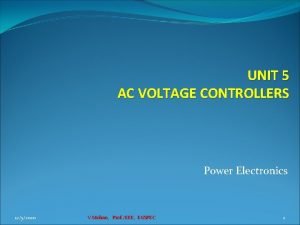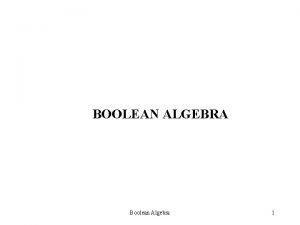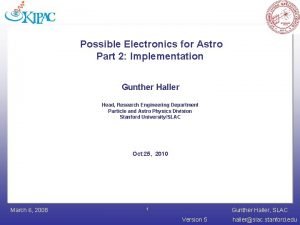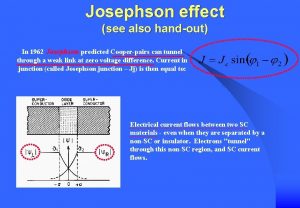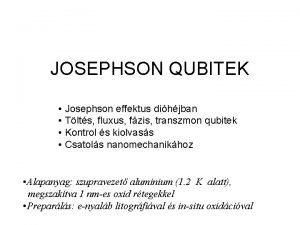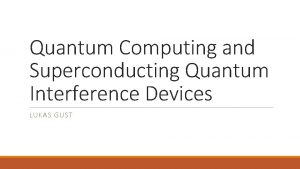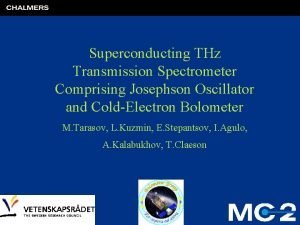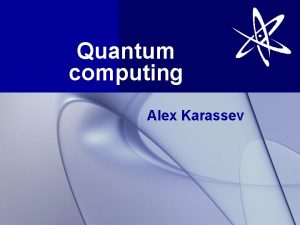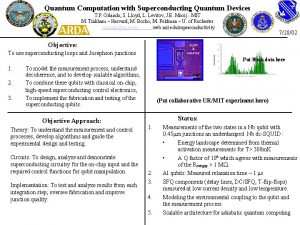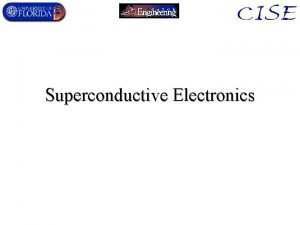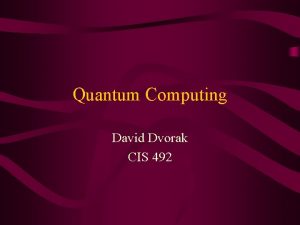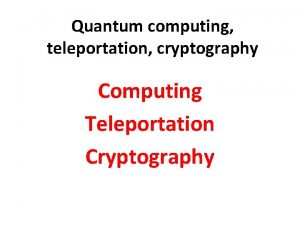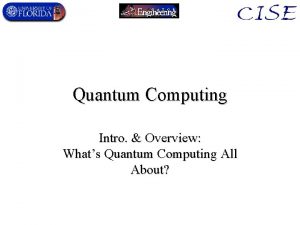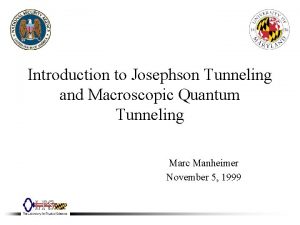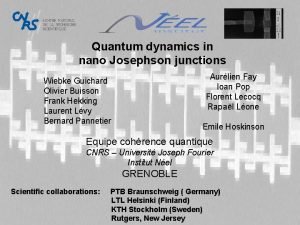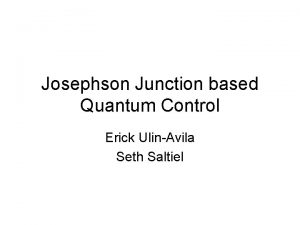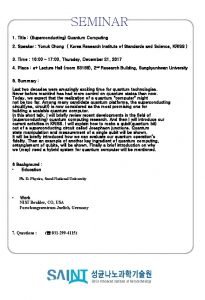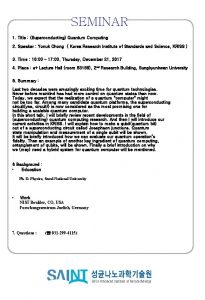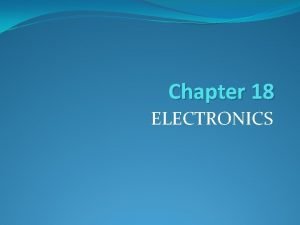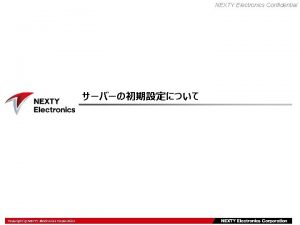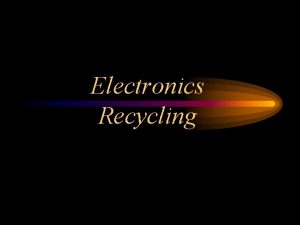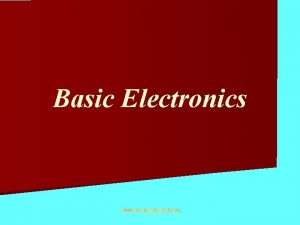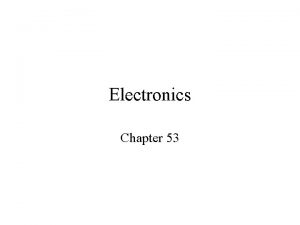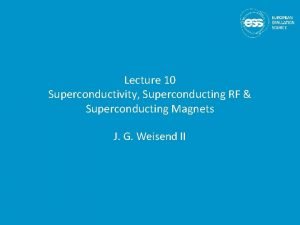Superconducting electronics from Josephson effects to quantum computing



![Thin film preparation methods [R. Wördenweber] Thin film preparation methods [R. Wördenweber]](https://slidetodoc.com/presentation_image_h2/81def57c997796372a709fb5fc171f16/image-4.jpg)



![Serial arrays for voltage standard [wikipedia] Serial arrays for voltage standard [wikipedia]](https://slidetodoc.com/presentation_image_h2/81def57c997796372a709fb5fc171f16/image-8.jpg)
![[ J. Niemeier ] 9 [ J. Niemeier ] 9](https://slidetodoc.com/presentation_image_h2/81def57c997796372a709fb5fc171f16/image-9.jpg)

![[Gallop] [Gallop]](https://slidetodoc.com/presentation_image_h2/81def57c997796372a709fb5fc171f16/image-11.jpg)



![LIC = 1. 25 Φ 0 k = 0 ↔ k =1 [Ruggiero, Rudman] LIC = 1. 25 Φ 0 k = 0 ↔ k =1 [Ruggiero, Rudman]](https://slidetodoc.com/presentation_image_h2/81def57c997796372a709fb5fc171f16/image-15.jpg)





![Parameter [SQUID Handbook] Parameter [SQUID Handbook]](https://slidetodoc.com/presentation_image_h2/81def57c997796372a709fb5fc171f16/image-21.jpg)

![Transition to films [SQUID Handbook] Transition to films [SQUID Handbook]](https://slidetodoc.com/presentation_image_h2/81def57c997796372a709fb5fc171f16/image-23.jpg)

![HTS-RF-SQUID [FZ Jülich] HTS-RF-SQUID [FZ Jülich]](https://slidetodoc.com/presentation_image_h2/81def57c997796372a709fb5fc171f16/image-25.jpg)





















![[Drung] [Drung]](https://slidetodoc.com/presentation_image_h2/81def57c997796372a709fb5fc171f16/image-47.jpg)
![Direct electronics with AFP (additional positive feedback) [Drung] Direct electronics with AFP (additional positive feedback) [Drung]](https://slidetodoc.com/presentation_image_h2/81def57c997796372a709fb5fc171f16/image-48.jpg)



![Wire incoupling structures [ J. Clarke ] Wire incoupling structures [ J. Clarke ]](https://slidetodoc.com/presentation_image_h2/81def57c997796372a709fb5fc171f16/image-52.jpg)
![Multi channel gradiometer [ Biomagnetisches Zentrum der FSU Jena ] Multi channel gradiometer [ Biomagnetisches Zentrum der FSU Jena ]](https://slidetodoc.com/presentation_image_h2/81def57c997796372a709fb5fc171f16/image-53.jpg)














![[Chesca] [Chesca]](https://slidetodoc.com/presentation_image_h2/81def57c997796372a709fb5fc171f16/image-68.jpg)





![Serial SQIF [Schultze] Serial SQIF [Schultze]](https://slidetodoc.com/presentation_image_h2/81def57c997796372a709fb5fc171f16/image-74.jpg)
![2 p. T / √ Hz [IPHT Jena]} 2 p. T / √ Hz [IPHT Jena]}](https://slidetodoc.com/presentation_image_h2/81def57c997796372a709fb5fc171f16/image-75.jpg)
![2 D- SQIF array [R. Fagaly] 2 D- SQIF array [R. Fagaly]](https://slidetodoc.com/presentation_image_h2/81def57c997796372a709fb5fc171f16/image-76.jpg)
![Bi-SQUID [R. Fagaly] Bi-SQUID [R. Fagaly]](https://slidetodoc.com/presentation_image_h2/81def57c997796372a709fb5fc171f16/image-77.jpg)
- Slides: 77

Superconducting electronics -from Josephson effects to quantum computing -by Pascal Febvre and Paul Seidel

Superconducting electronics – Part 2 Josephson junctions, arrays and SQUIDs

Josephson devices � Mainly thin film technology � Different types (SIS, SNS, SINIS, SFS, …) � Josephson � Complex junctions as active devices (e. g. mixers) superconducting circuits (e. g. RSFQ) � Different sensors (SQUIDs, SQUIFs, radiation detectors) 3
![Thin film preparation methods R Wördenweber Thin film preparation methods [R. Wördenweber]](https://slidetodoc.com/presentation_image_h2/81def57c997796372a709fb5fc171f16/image-4.jpg)
Thin film preparation methods [R. Wördenweber]


Patterning of films by lithography and etching

Arrays of Josephson junctions
![Serial arrays for voltage standard wikipedia Serial arrays for voltage standard [wikipedia]](https://slidetodoc.com/presentation_image_h2/81def57c997796372a709fb5fc171f16/image-8.jpg)
Serial arrays for voltage standard [wikipedia]
![J Niemeier 9 [ J. Niemeier ] 9](https://slidetodoc.com/presentation_image_h2/81def57c997796372a709fb5fc171f16/image-9.jpg)
[ J. Niemeier ] 9

SQUIDs Superconducting quantum interference devices �RF-SQUID �DC-SQUID �(D)ROS-SQUID �Digital SQUIDs �Π-SQUID �Supercond. Quantum interference filter (SQIF)
![Gallop [Gallop]](https://slidetodoc.com/presentation_image_h2/81def57c997796372a709fb5fc171f16/image-11.jpg)
[Gallop]

RF-SQUID �non-linear inductance of Josephson junction gives a periodic modulation of the resonance frequency of the tank circuit �these changes follow the amplitude of the rf current for a given working frequency �response variies with Φ 0 = h/2 e = 2, 07 10 -15 Vs �advantage: no electrical contacts �disadvantage: noise of tank curcuit and amplifier large than intrinsic SQUID noise

RF-SQUID �Total flux Φ = Φex + LIC sin φ �Phase φ = 2 π Φ / Φ 0 �Φ = Φex + LIC sin (2 π Φ / Φ 0 ) �SQUID-Parameter ßrf = 2 π LIC / Φ 0

Characteristic of r. f. SQUID ßrf =0. 6 ßrf > 1
![LIC 1 25 Φ 0 k 0 k 1 Ruggiero Rudman LIC = 1. 25 Φ 0 k = 0 ↔ k =1 [Ruggiero, Rudman]](https://slidetodoc.com/presentation_image_h2/81def57c997796372a709fb5fc171f16/image-15.jpg)
LIC = 1. 25 Φ 0 k = 0 ↔ k =1 [Ruggiero, Rudman]

Voltage of tank circuit (without noise) Q = RT/ωrf LT M = K (LLT)½ ωrf 20 MHz … 1 GHz Transfer function V Φ = ωrf LT / M

Transfer function �K can not be choosen too small ! �Irf has to cut the step for all flux values �for LIC ≈ Φ 0 follows K 2 Q ≥ π / 4 (≈ 1) �with K ≈ Q -1/2 results

With thermal noise

Noise of RF-SQUIDs �Intrinsic flux noise �Final step slope (thermal noise)

Energy resolution �Amplifier at room temperature and capacitive contributions of current lines result in an effective noise temperature
![Parameter SQUID Handbook Parameter [SQUID Handbook]](https://slidetodoc.com/presentation_image_h2/81def57c997796372a709fb5fc171f16/image-21.jpg)
Parameter [SQUID Handbook]

Bulk (Zimmermann)SQUIDs
![Transition to films SQUID Handbook Transition to films [SQUID Handbook]](https://slidetodoc.com/presentation_image_h2/81def57c997796372a709fb5fc171f16/image-23.jpg)
Transition to films [SQUID Handbook]

Zimmermann-SQUID IPTT Tschernogolovka/ FSU Jena about 1970 Niobium bulk Zimmermann-SQUID IPTM Tschernogolovka about 1975 Thin film –bulk hybrid technique [Meyer]
![HTSRFSQUID FZ Jülich HTS-RF-SQUID [FZ Jülich]](https://slidetodoc.com/presentation_image_h2/81def57c997796372a709fb5fc171f16/image-25.jpg)
HTS-RF-SQUID [FZ Jülich]

Step-edge junction

HTS-RF-SQUID Resonator

Comparison of noise

Noise characteristics

Planar microwave SQUID

DC-SQUID

Interference of the ring currents �Current splitting �Ring current J → I = I 1 + I 2 I 1 = +J I 2 = � Josephson currents I 1 = Icsinφ1 I 2 = Icsinφ2 -J

1. ) for Ic 1 = Ic 2 = Ic (symmetrical) � Flux is external Flux plus self field by ring current Φ = Φex + LJ � Phase difference is 2π-periodical φ2 – φ1 = 2 π Φ / Φ 0 = 2 π (Φex + LJ) / Φ 0

2. ) Approximation without flux contribution of the ring current ( this current is in general J < Ic thus LJ < LIc → should be << Φ 0 /2, i. e. << 1 Inductance (Ring) Parameter

With this assumption it is Φ = Φex and thus follows I = Ic [sinφ1 + sin (φ1 + 2πΦex/Φ 0)] with δ = φ1 + π Φex/Φ 0 and simple transformatios for sin functions results in I = 2 Ic sinδ cos (πΦex /Φ 0)

SQUID Modulation

Integer values of flux Φex = n · Φ 0 cos = 1 Maximum value Is, max = 2 Ic obtained Ring current disappears (sinφ1 = sinφ2 = 1)

Half integer values of flux �Φex = (n+1/2) Φ 0, n = 0, ± 1, ± 2, … �Is, max = 0 �Ring current reaches maximum (± Ic)

DC-SQUID Modulation

Asymmetric case �Is, max = Ic 1 + Ic 2 �but Is, max (Φ) nearer to the maximum �Modulation amplitude becomes smaller �Dependence on βL �optimum βL~ 1 (Limit for Aeff at fixed L)

Inductance parameter ßL ßL = 2 LIC / Φ 0

Influence of asymmetry

SQUID and junction modulation

Energy resolution

FFL-Electronics (flux locked loop)

Flux modulation
![Drung [Drung]](https://slidetodoc.com/presentation_image_h2/81def57c997796372a709fb5fc171f16/image-47.jpg)
[Drung]
![Direct electronics with AFP additional positive feedback Drung Direct electronics with AFP (additional positive feedback) [Drung]](https://slidetodoc.com/presentation_image_h2/81def57c997796372a709fb5fc171f16/image-48.jpg)
Direct electronics with AFP (additional positive feedback) [Drung]

bias reversal


Gradiometer types
![Wire incoupling structures J Clarke Wire incoupling structures [ J. Clarke ]](https://slidetodoc.com/presentation_image_h2/81def57c997796372a709fb5fc171f16/image-52.jpg)
Wire incoupling structures [ J. Clarke ]
![Multi channel gradiometer Biomagnetisches Zentrum der FSU Jena Multi channel gradiometer [ Biomagnetisches Zentrum der FSU Jena ]](https://slidetodoc.com/presentation_image_h2/81def57c997796372a709fb5fc171f16/image-53.jpg)
Multi channel gradiometer [ Biomagnetisches Zentrum der FSU Jena ]


LTS-SQUIDs

The Jena SQUID UJ 111

UJ 111 (with lead shield) FSU Jena 1984 Nb-Pb thin film technology

Niobium 8 layers YBCO 1 layer Grain boundary

Planar DC-SQUID Gradiometer Superconducting antenna I 2 FSQ I 1 -I 2 B 1 B 2 Magnetic flux within SQUID

F. Schmidl, A. Zakasarenko, E. Il`ichev, P. Seidel

HTS DC-SQUID Gradiometer


Flux transformer




Pi-SQUIDs
![Chesca [Chesca]](https://slidetodoc.com/presentation_image_h2/81def57c997796372a709fb5fc171f16/image-68.jpg)
[Chesca]


Comparison

Relaxation Oszillation SQUIDs

Digital SQUIDs

Quantum interference filter (SQIF) 30 JJ SQIF and a simple SQUID of same size [Oppenländer, Schopohl]
![Serial SQIF Schultze Serial SQIF [Schultze]](https://slidetodoc.com/presentation_image_h2/81def57c997796372a709fb5fc171f16/image-74.jpg)
Serial SQIF [Schultze]
![2 p T Hz IPHT Jena 2 p. T / √ Hz [IPHT Jena]}](https://slidetodoc.com/presentation_image_h2/81def57c997796372a709fb5fc171f16/image-75.jpg)
2 p. T / √ Hz [IPHT Jena]}
![2 D SQIF array R Fagaly 2 D- SQIF array [R. Fagaly]](https://slidetodoc.com/presentation_image_h2/81def57c997796372a709fb5fc171f16/image-76.jpg)
2 D- SQIF array [R. Fagaly]
![BiSQUID R Fagaly Bi-SQUID [R. Fagaly]](https://slidetodoc.com/presentation_image_h2/81def57c997796372a709fb5fc171f16/image-77.jpg)
Bi-SQUID [R. Fagaly]
 Superconducting electronics
Superconducting electronics Superconducting devices in quantum optics
Superconducting devices in quantum optics Superconducting tunnel junction
Superconducting tunnel junction Superconducting energy gap
Superconducting energy gap Superconducting tunnel junction
Superconducting tunnel junction Ginzburg landau
Ginzburg landau Superconducting tunnel junction
Superconducting tunnel junction Western superconducting
Western superconducting Oxford superconducting technology
Oxford superconducting technology Superconducting tunnel junction
Superconducting tunnel junction Youtube.com
Youtube.com Rbbb vs lbbb
Rbbb vs lbbb Josephson c700s
Josephson c700s Josephson junction
Josephson junction Josephson junctions
Josephson junctions Josephson devices
Josephson devices Josephson junction
Josephson junction Josephson effect
Josephson effect Högerställd elaxel
Högerställd elaxel Alexander golubov
Alexander golubov Josephson institute of ethics
Josephson institute of ethics Josephson junction
Josephson junction Michael josephson ethics
Michael josephson ethics Marvin josephson
Marvin josephson Quantum physics vs quantum mechanics
Quantum physics vs quantum mechanics Quantum physics vs quantum mechanics
Quantum physics vs quantum mechanics Quantum computing ut austin
Quantum computing ut austin Open problems in quantum computing
Open problems in quantum computing Quantum computing
Quantum computing Gil kalai quantum computing
Gil kalai quantum computing Tsp
Tsp Hartmut klauck
Hartmut klauck Mit quantum computing
Mit quantum computing Dilbert quantum computing
Dilbert quantum computing Quantum computing progress and prospects
Quantum computing progress and prospects Quantum computing and the entanglement frontier
Quantum computing and the entanglement frontier Online learning of quantum states
Online learning of quantum states Mit quantum computing
Mit quantum computing Haskell quantum computing
Haskell quantum computing Michael nielsen quantum
Michael nielsen quantum Quantum computing prerequisites
Quantum computing prerequisites Cern openlab quantum computing
Cern openlab quantum computing Quantum computing meaning
Quantum computing meaning Gil kalai quantum computing
Gil kalai quantum computing Conventional computing and intelligent computing
Conventional computing and intelligent computing Mgi electronics
Mgi electronics 1 source electronics
1 source electronics Where was ben abbott born
Where was ben abbott born Arithmetic building blocks
Arithmetic building blocks Power electronics
Power electronics Electronics 2
Electronics 2 Binary number system in digital electronics
Binary number system in digital electronics Giuliana rizzo
Giuliana rizzo Semiconductor memories in digital electronics
Semiconductor memories in digital electronics Analog electronics
Analog electronics Bcm electronics
Bcm electronics De morgan
De morgan Analog electronics
Analog electronics Setup time and hold time in digital electronics
Setup time and hold time in digital electronics Non weighted codes examples
Non weighted codes examples Institute
Institute Power transfer system
Power transfer system Electronics materials solutions
Electronics materials solutions Reimax electronics
Reimax electronics Pixel electronics
Pixel electronics Frc electronics diagram
Frc electronics diagram 3m acf
3m acf Petsys electronics
Petsys electronics Department of electronics & information technology
Department of electronics & information technology Rydertrac
Rydertrac Advanced automotive electric
Advanced automotive electric Graduate institute of electronics engineering
Graduate institute of electronics engineering Derivation of continuity equation in semiconductor
Derivation of continuity equation in semiconductor Introduction to power electronics
Introduction to power electronics Ac voltage controller and cycloconverter
Ac voltage controller and cycloconverter Boolen algebra
Boolen algebra State machines digital electronics
State machines digital electronics Gunther electronics
Gunther electronics
